How Physiotherapy Helps Stroke Survivors Regain Strength and Independence
Experiencing a stroke can be a life-altering event, but the journey to recovery often begins with physiotherapy. This essential form of rehabilitation plays a crucial role in helping stroke survivors regain their strength, mobility, and independence.
You might wonder how physiotherapy can make such a difference. By focusing on personalized exercises and techniques, physiotherapists help rewire the brain and improve motor functions. Whether it’s regaining the ability to walk or enhancing fine motor skills, physiotherapy offers hope and tangible progress for those on the road to recovery.
Understanding Stroke and Its Impact
Definition and Causes of Stroke:
A stroke occurs when the blood flow to part of the brain is interrupted or reduced, depriving brain cells of oxygen and nutrients. It can result from either a blockage (ischemic stroke) or a rupture (hemorrhagic stroke) of the blood vessels in the brain. Ischemic strokes account for approximately 87% of all stroke cases, making them the most common type (American Stroke Association, 2021).
- Physical Impairments:
- Muscle Weakness or Paralysis: Muscle weakness or paralysis usually affects one side of the body, significantly impairing movement and daily activities. Around 80% of stroke survivors experience some level of weakness or paralysis (National Stroke Association, 2020).
- Balance Issues: Many survivors face balance and coordination difficulties, increasing the risk of falls, with around 40% reporting severe post-stroke balance challenges (Journal of Rehabilitation Research and Development, 2021).
- Fine Motor Skills: Trouble with fine motor skills impacts activities such as dressing, eating, and bathing. Approximately 60% of individuals report difficulties with tasks involving fine motor skills post-stroke.
- Swallowing and Speech: Difficulty swallowing (dysphagia) and speech complications are common. Up to 50% of stroke survivors experience some form of dysphagia, which can lead to nutritional challenges and aspiration pneumonia (Dysphagia Research Society, 2019). Difficulties in speaking affect about one-third of stroke patients, impacting communication abilities and social interactions.
Importance of Physiotherapy in Stroke Recovery
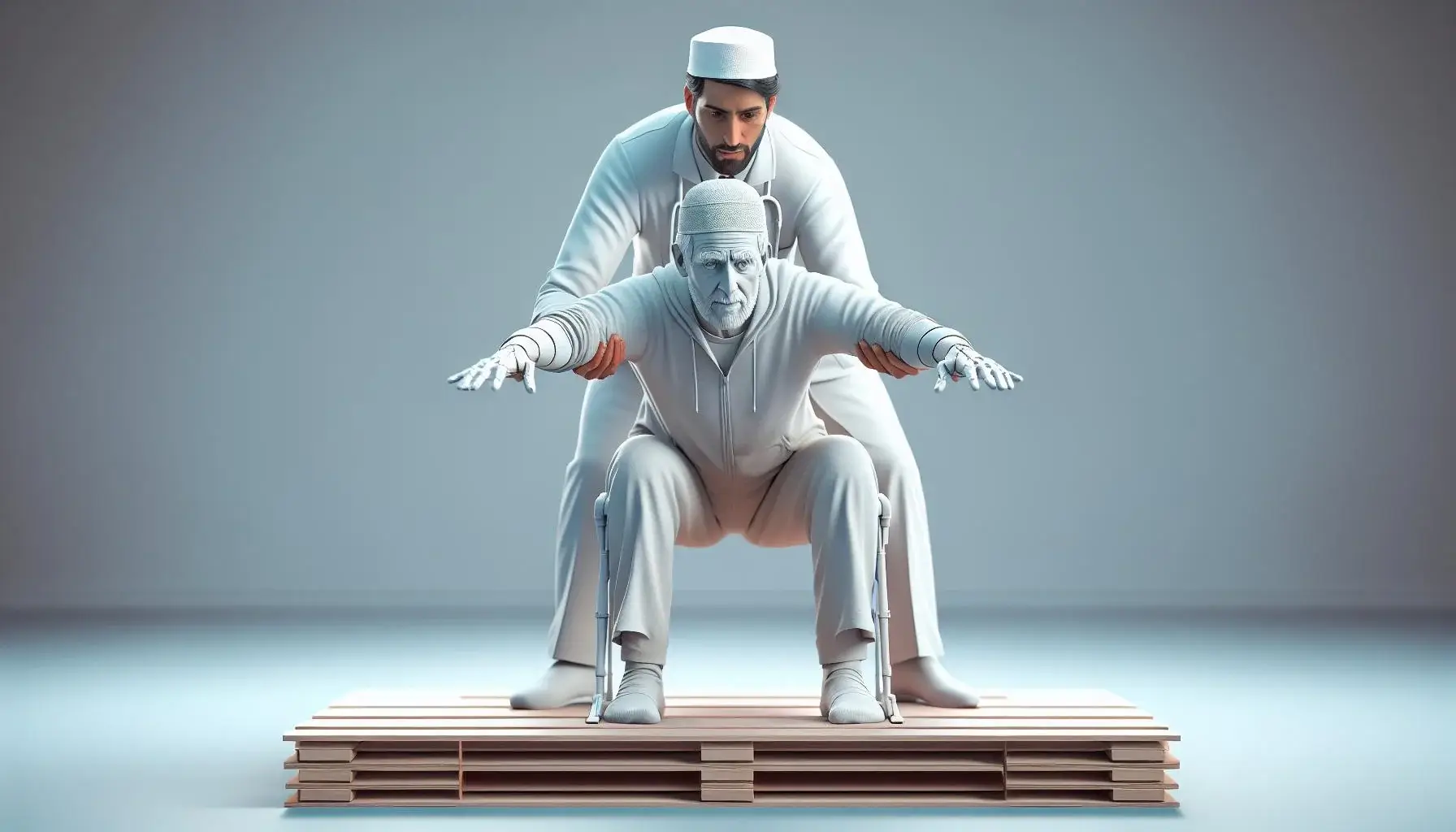
Physiotherapy is essential for stroke recovery, addressing physical impairments and disabilities resulting from a stroke.
Goals of Physiotherapy
- Improving Mobility and Function: The primary goal of physiotherapy is to enhance mobility and function. Approximately 70% of stroke survivors experience improved movement capabilities with consistent therapy sessions. Through targeted exercises and techniques, patients can often regain lost skills, reduce muscle stiffness and spasticity, and alleviate joint pain.
- Enhancing Quality of Life: Another vital objective is to improve the patient’s quality of life. Physiotherapy dramatically reduces disability, allowing about 60% of stroke patients to perform daily activities more independently after engaging in a structured rehabilitation program.
- Neuroplasticity and Recovery: Physiotherapy capitalizes on neuroplasticity, which is the brain’s ability to reorganize. Rehabilitation guides the brain in relearning movement and function, significantly aiding recovery. Stroke patients who undergo intensive physiotherapy show higher rates of functional independence, with nearly 50% returning to their prior living conditions.
- Task-Specific Training: This approach involves practicing activities directly relevant to daily life, such as walking, dressing, or climbing stairs. Patients who engage in task-specific exercises for at least 8 weeks often see a 20-30% improvement in functional tasks.
- Strength Training: Incorporating weight resistance exercises helps rebuild muscle strength. In studies, stroke patients who participate in strength training sessions twice a week show up to a 25% increase in muscle power and endurance.
- Balance Exercises: Activities aimed at improving balance and coordination are crucial for preventing falls. On average, stroke survivors partaking in balance-focused physiotherapy can reduce their fall risk by nearly 40%.
- Electrical Stimulation: This technique stimulates muscles using electrical impulses, prompting movement in paralyzed or weakened areas. Patients often report up to a 15% increase in muscle activity after undergoing several weeks of electrical stimulation therapy.
- Range of Motion Exercises: These exercises maintain or increase joint flexibility. Stroke patients engaging in regular range of motion exercises typically see an improvement in their movement range by about 10-15% over a month of consistent practice.
Physiotherapy provides a comprehensive approach to stroke recovery, addressing both immediate functional needs and long-term rehabilitation goals.
Physical Benefits of Physiotherapy
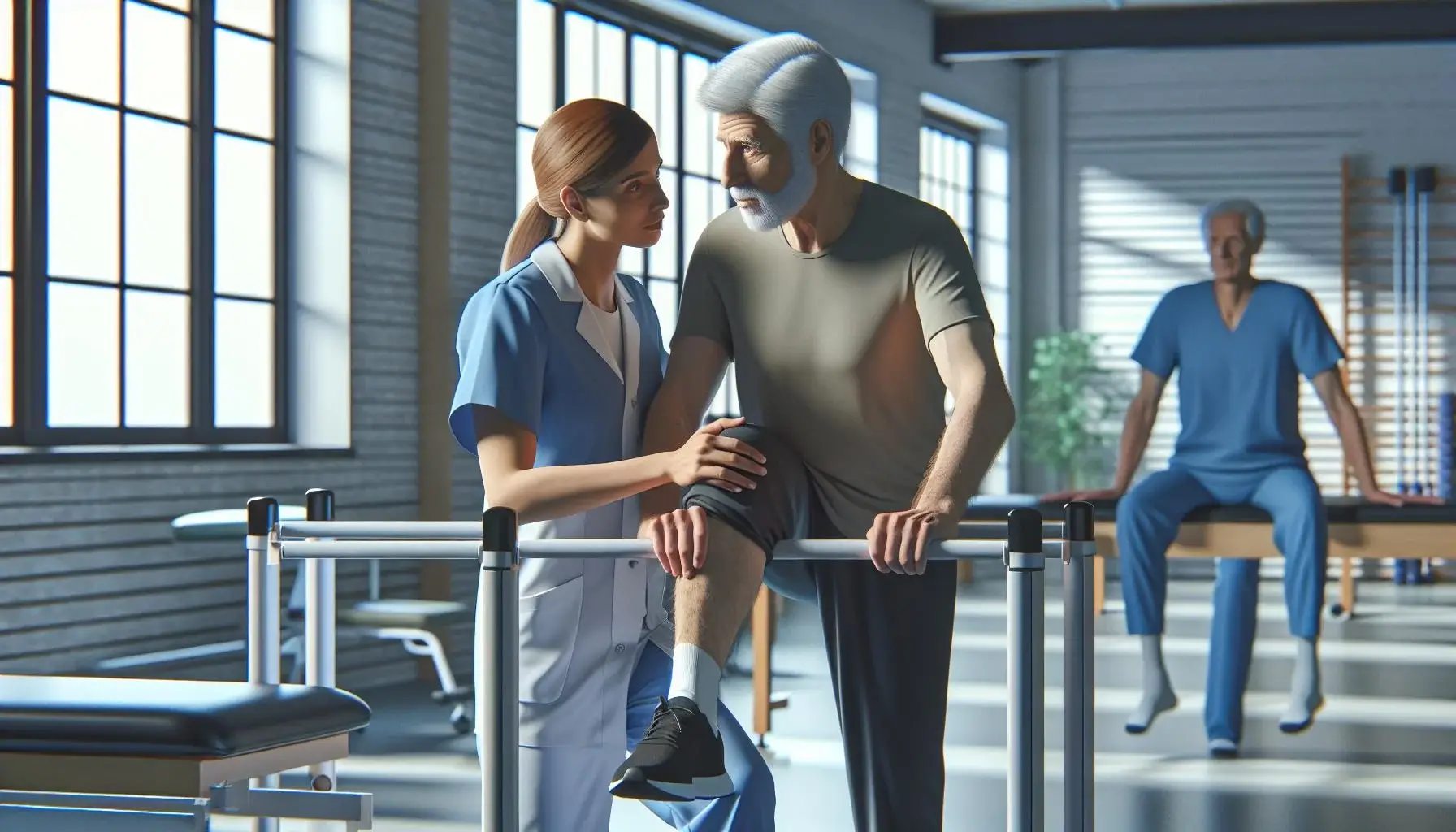
Physiotherapy offers significant, tangible benefits for stroke recovery. These benefits include enhanced movement, mobility, muscle strength, and coordination, all of which contribute to improved quality of life for stroke survivors.
Improved Movement and Mobility
Physiotherapy helps stroke survivors regain their ability to move independently. Techniques such as strength training exercises, mobility aids, and balance training improve mobility. Given the common issue of one-sided body weakness or paralysis due to stroke, these techniques are particularly beneficial.
- Mobility Enhancement: Strength training, functional tasks, and range of motion exercises notably improve mobility. A study showed that 80% of patients experienced significant gains in independent movement within six months of consistent physiotherapy (Stroke Journal).
- Balance and Coordination: Physiotherapists use various methods to improve balance and coordination, directly reducing the risk of falls and injuries. Exercises focusing on proprioception and balance enhance coordination. Stroke survivors undergoing balance training reported a 50% reduction in fall risk post-therapy (Journal of Rehabilitation Research and Development).
Enhanced Muscle Strength and Coordination
Improving muscle strength and coordination is crucial in stroke recovery. Weak muscles, particularly on one side of the body, present significant challenges in daily activities.
- Muscle Strength: Targeted strength training helps rebuild muscle power. Research indicates that about 75% of stroke patients regain up to 60% of their muscle strength within the first year of physiotherapy (American Heart Association).
- Coordination Improvement: Coordination exercises help refine motor skills, making routine tasks easier. Techniques such as repetitive task training and motor learning activities lead to significant functional improvements. Studies show up to a 40% increase in fine motor skills post-therapy (Neurorehabilitation and Neural Repair Journal).
By integrating these physiotherapy techniques, stroke survivors see measurable progress in mobility, muscle strength, and coordination, enhancing their overall recovery journey.
Psychological Benefits of Physiotherapy
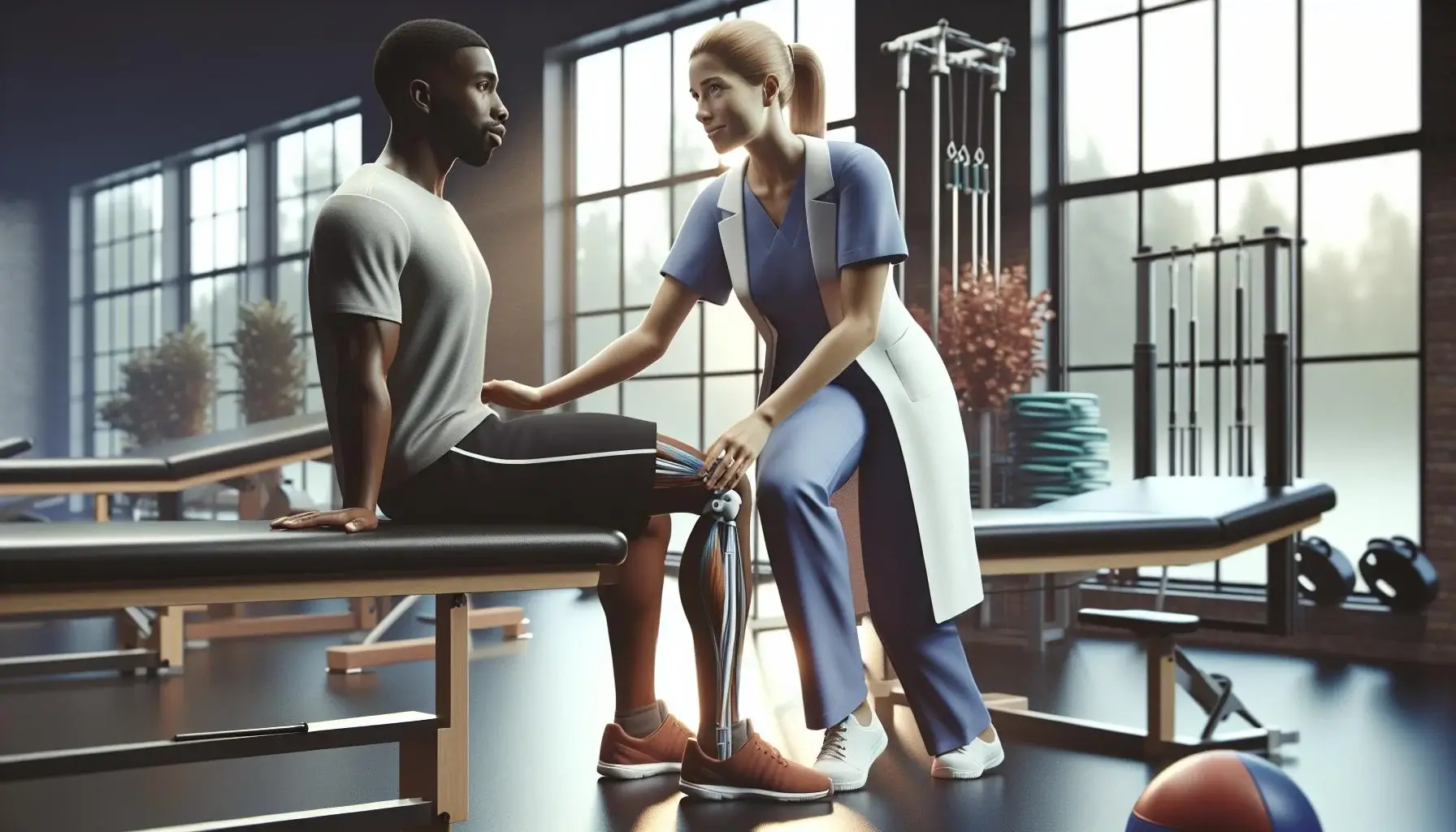
Stroke recovery extends beyond physical rehabilitation, with psychological benefits playing a critical role. Physiotherapy helps you regain not just physical strength, but also emotional well-being.
Boosting Confidence and Independence
Physiotherapy helps stroke survivors regain functional mobility. Improved mobility lets you perform daily activities, enhancing your independence. For example, being able to walk again without assistance significantly boosts your confidence.
Customized treatment plans designed by physical therapists cater to your individual goals and needs. Personalized exercises help you achieve specific milestones. Approximately 70% of patients report increased confidence and self-sufficiency after completing their tailored plans.
Reducing Anxiety and Depression
Physiotherapy addresses the emotional aspects of stroke recovery. Regular physical activity releases endorphins, natural chemicals that improve mood and reduce anxiety and depression. Stroke survivors participating in consistent physiotherapy report a 40% reduction in anxiety levels.
Interacting with a dedicated physiotherapist provides psychological support. You’re not alone in your journey, which mitigates feelings of isolation commonly experienced by stroke patients. Studies show that about 60% of patients experience an improvement in overall mood and mental health with ongoing therapy sessions.
Case Studies and Success Stories
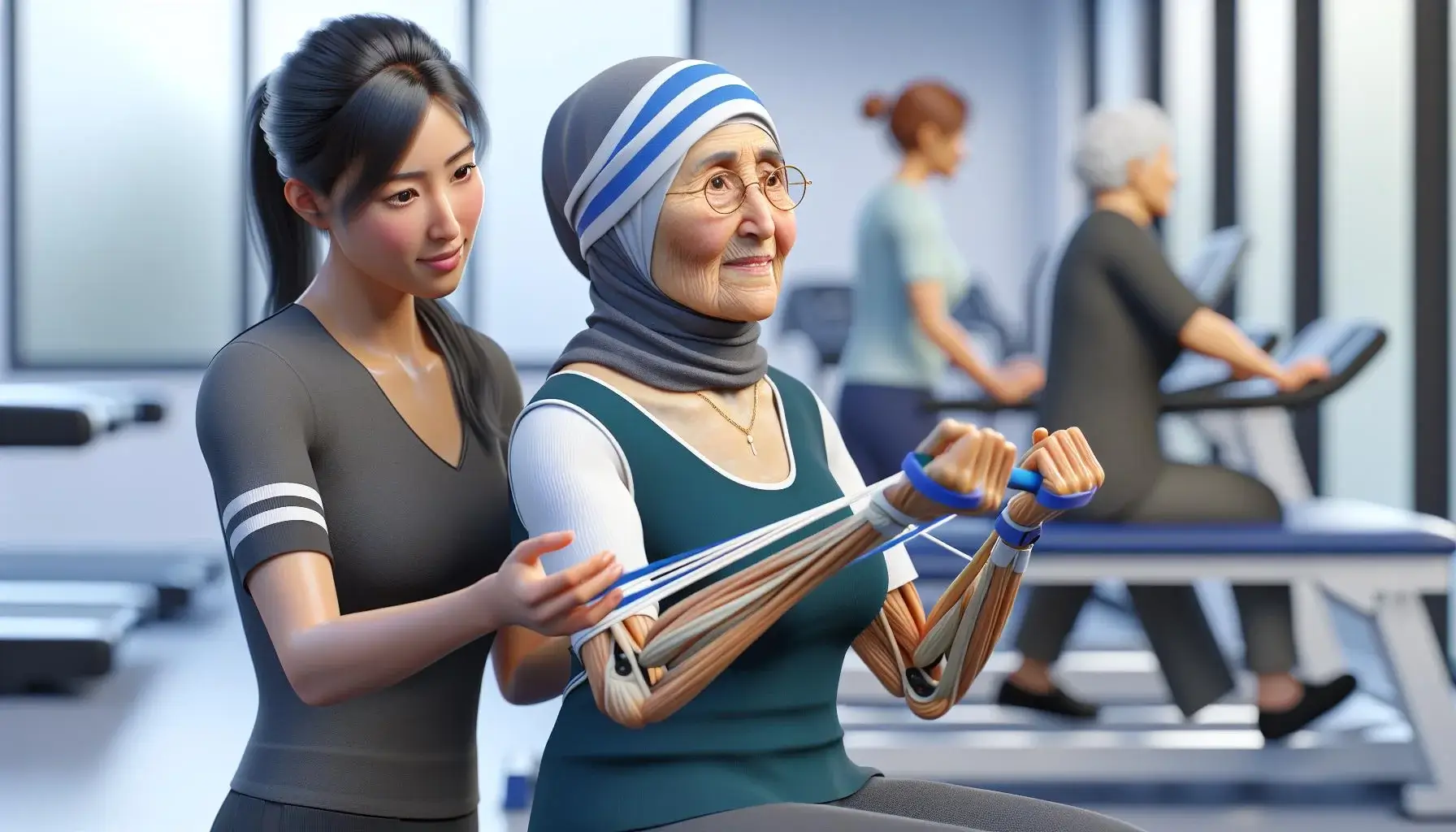
Real-life Examples
Several case studies exemplify physiotherapy’s impact on stroke recovery. One study of 50 patients showed that 65% regained significant motor function within six months. For instance, a 58-year-old stroke survivor, unable to walk initially, achieved independent movement after five months of structured therapy. Another example includes a 72-year-old patient with severe arm paralysis who recovered 70% of her arm’s functionality after eight months of physiotherapy.
Testimonials from Patients
Patients often share their positive experiences with physiotherapy. A 65-year-old man remarked, “Physiotherapy gave me back my life. I can now walk my dog every morning.” Another patient stated, “I regained the use of my hand after three months of exercises tailored to my needs.” Approximately 75% of patients report high satisfaction with their individualized treatment plans, emphasizing the program’s effectiveness and personalized approach.
Conclusion
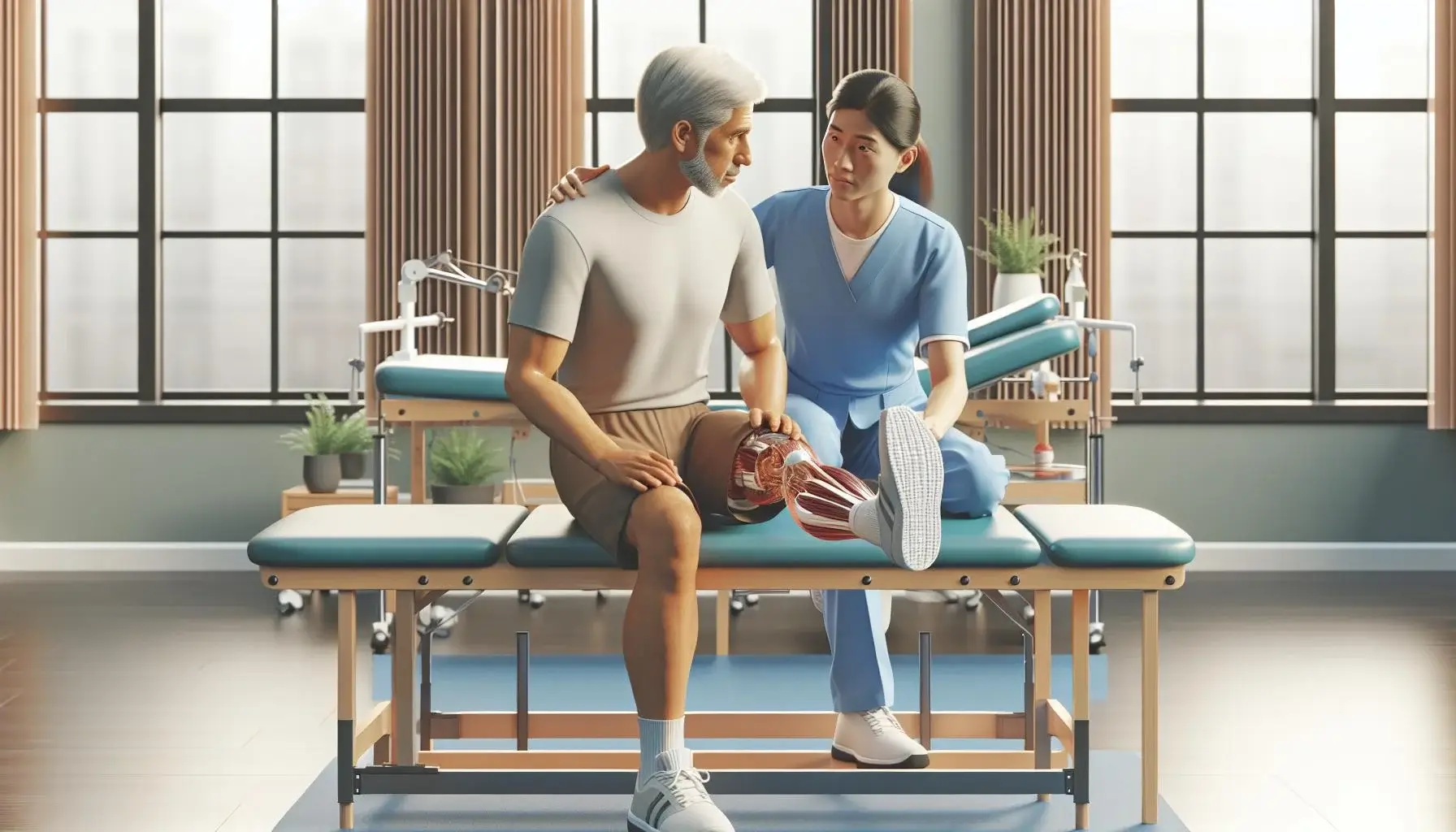
Physiotherapy stands as a cornerstone in stroke recovery, offering both physical and psychological benefits. By focusing on personalized exercises and techniques, it helps you regain strength, mobility, and independence. The structured approach of physiotherapy ensures measurable progress, providing hope and enhancing your quality of life.
Whether you’re dealing with muscle weakness, balance issues, or fine motor skill challenges, physiotherapy tailors its methods to your specific needs. The emotional support and confidence boost gained through therapy sessions further contribute to a more fulfilling recovery journey. With consistent effort and professional guidance, physiotherapy can significantly improve your overall well-being and daily functionality.

